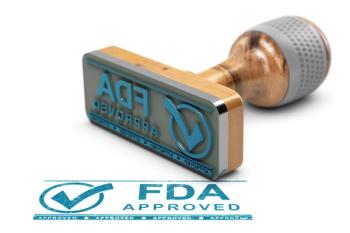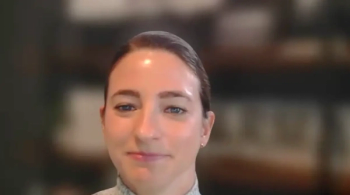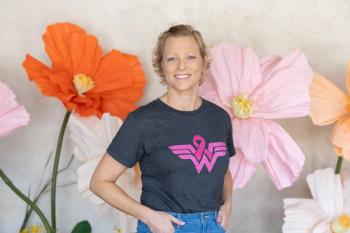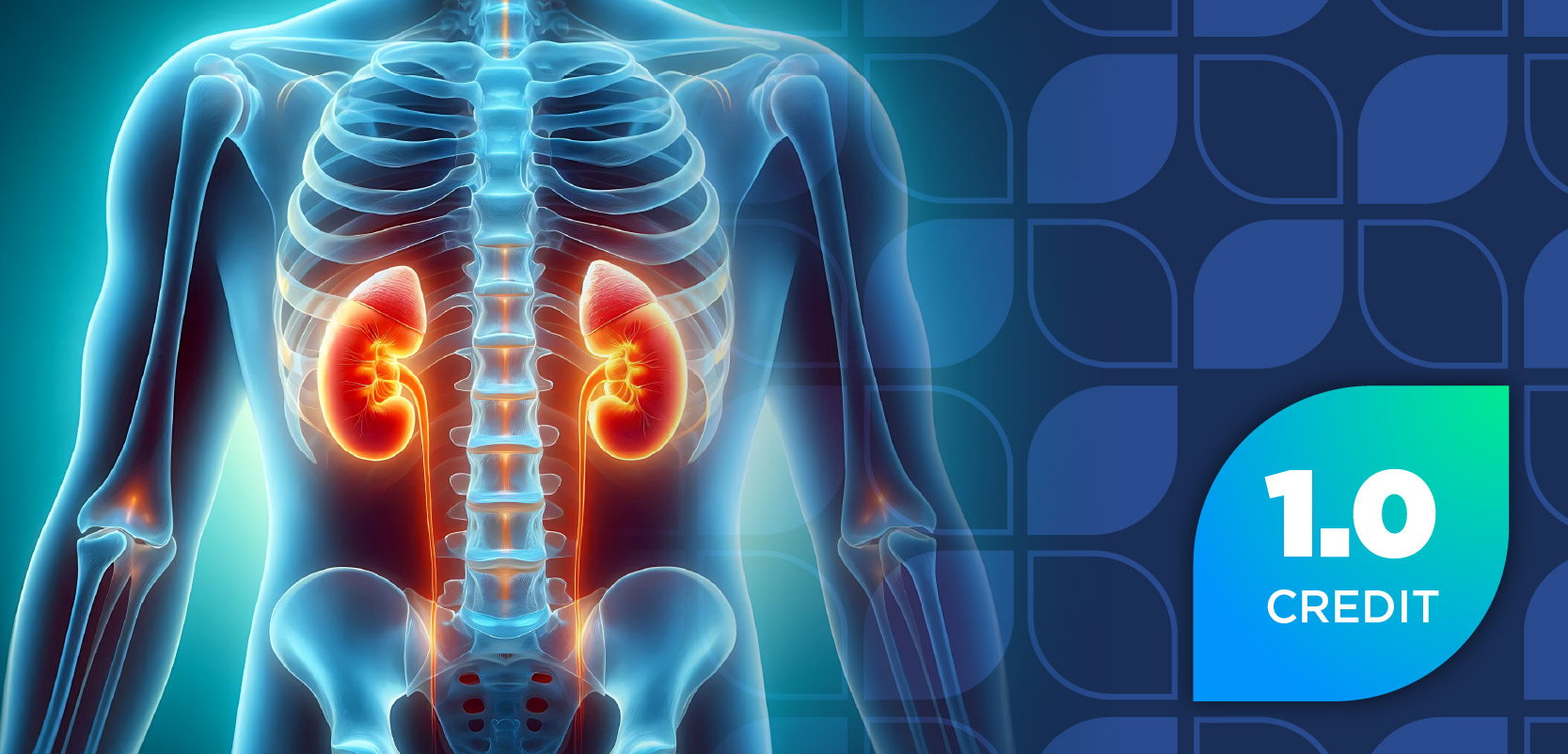
Asembia AXS25: Cardinal Health Transforms Cold Chain Logistics for Emerging Therapies
Cardinal Health is investing in cold chain logistics and packaging solutions to expedite the delivery of novel therapies from FDA approval to patient access.
Joel Wayment, vice president and general manager at Cardinal Health third-party logistics (3PL) and packaging solutions, shared during an interview with Pharmacy Times® and at Asembia's AXS25 Summit that Cardinal Health is investing heavily in cold chain capabilities to support emerging therapies.
Wayment noted that the company focuses on quickly bringing approved products to market through its co-located packaging and 3PL solutions, with a goal of getting products to patients within 7 days of FDA approval. He highlighted how proper packaging design is crucial to minimize shipment issues and make product dispensing easier for sites of care. Wayment also emphasized that Cardinal Health aims to reduce administrative burdens and improve supply chain processes, ultimately helping manufacturers get innovative therapies to patients more efficiently.
Pharmacy Times: How is the cold chain adapting to meet the growing and unique needs of emerging therapies from centers like the Advanced Therapy Innovation Center?
Joel Wayment: Cold chain has really exploded over the last couple of years, which has been exciting to see with the new, novel therapies that are coming to market. For us, on the Cardinal Health side, the 3PL side, we've been doing a lot of work around how we're investing to support these new, novel therapies that come into the market. Whether it's a product that's 2-8 degrees Celsius or even getting to your frozen and ultra-frozen, so your -20 to -196. We've been investing to make sure that we have the capacity, processes, and systems to support these types of products that are coming to market.
Pharmacy Times: How does the speed to market for new therapies, facilitated by aligned packaging and 3PL, impact pharmacy operations and patient access to these medications?
Wayment: Once a product gets approved, how quickly can you get it to market? There's a lot that's got to happen once the FDA approves a product. It's got to go through and get packaged and prepared for the commercial end unit to be sold. Having our packaging solutions group and our 3PL, which is colocated in the same area, right next to each other, really eliminates a lot of the challenges from moving product around the US; you can reduce the number of days it's involved. We have a program that's called PDUFA for patients in 7 days. Our focus is, how do we help manufacturers get their approved product to the market faster to impact patients faster?
Pharmacy Times: What role does the integration of 3PL and packaging play in minimizing the risks of delays or errors that could affect the timely dispensing of sensitive emerging therapies to patients?
Wayment: I think making sure that you have the right packaging design, setup, and components can minimize how the package shows up at the site of care. You want to minimize potential damages or shipment issues along the way, and so having the right packaging structure and setup makes it easier for the receiving party to get the product and to ingest that into their system to be able to dispense the product. Packaging plays an important aspect in how we help the end user be able to utilize the product in a way that makes sense for them.
Pharmacy Times: Is there anything you would like to add?
Wayment: Cardinal Health has been really focused on making sure that we're getting all we can to bring these new and exciting therapies to market as fast as possible to impact patients’ lives in a positive way. We're making investments when it comes to how we're physically holding and storing these products and making sure that we have the right capabilities to do that. But also looking at unique solutions of how these parts move through the supply chain. Also looking from the system side, how do we improve and simplify processes for sites of care to make it easier for them? We want to alleviate some of the administrative burdens that they're going through so they can focus on taking care of the patient. We're making new investments, whether it's on the systems of technology or if it's on the physical space of capacity, to make sure that we can support these products coming to market.
Newsletter
Stay informed on drug updates, treatment guidelines, and pharmacy practice trends—subscribe to Pharmacy Times for weekly clinical insights.






















































































































































































































